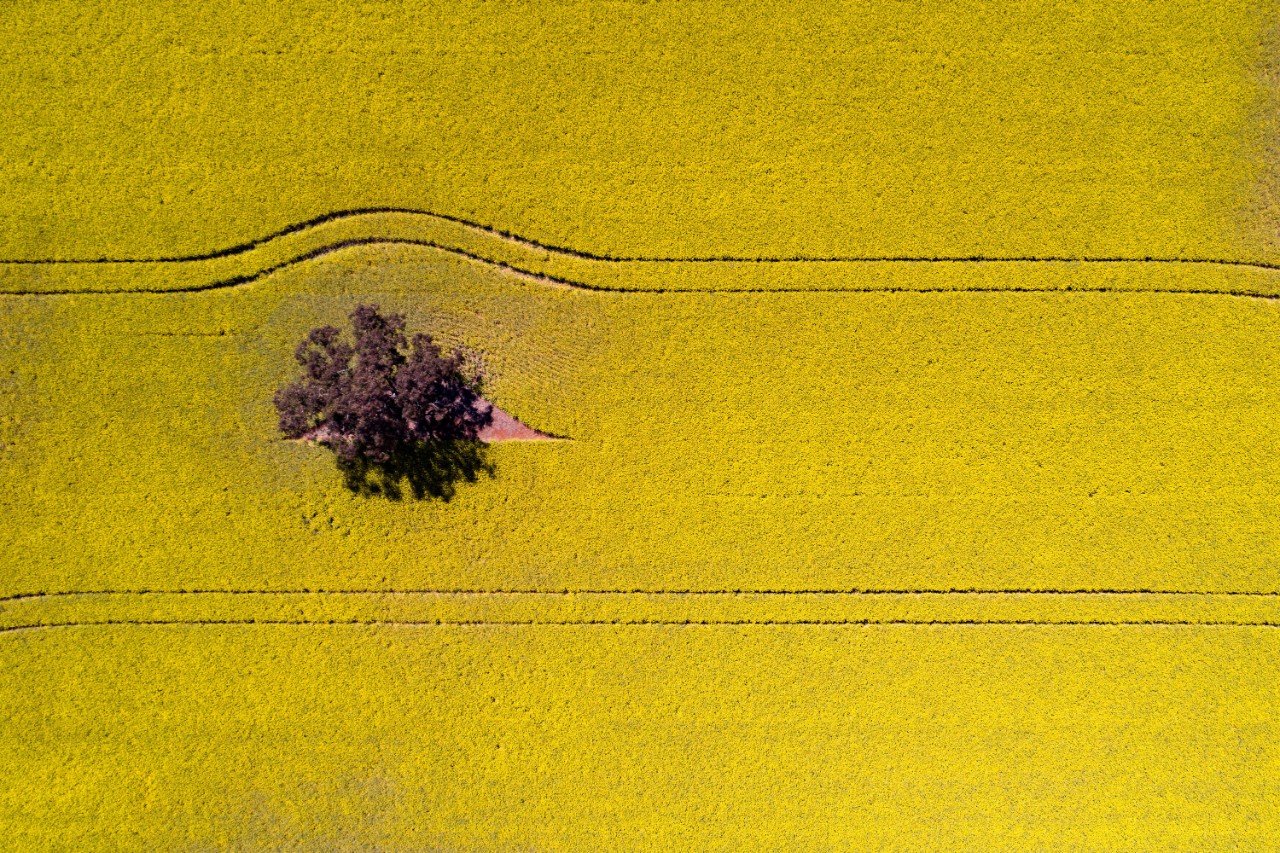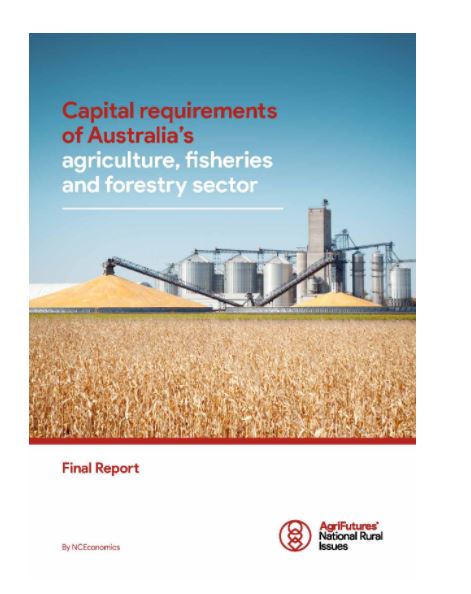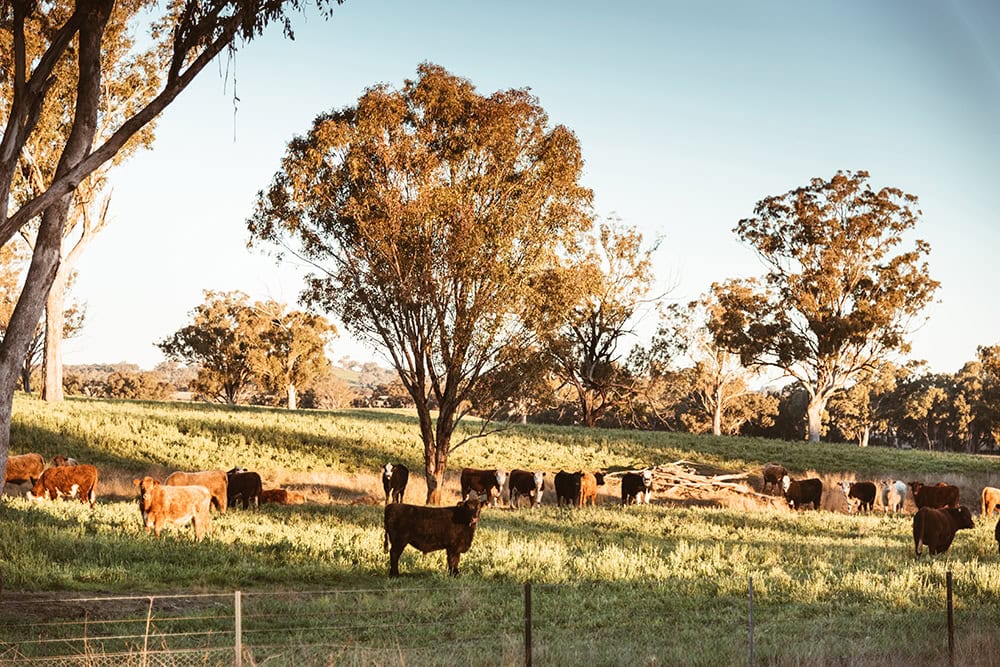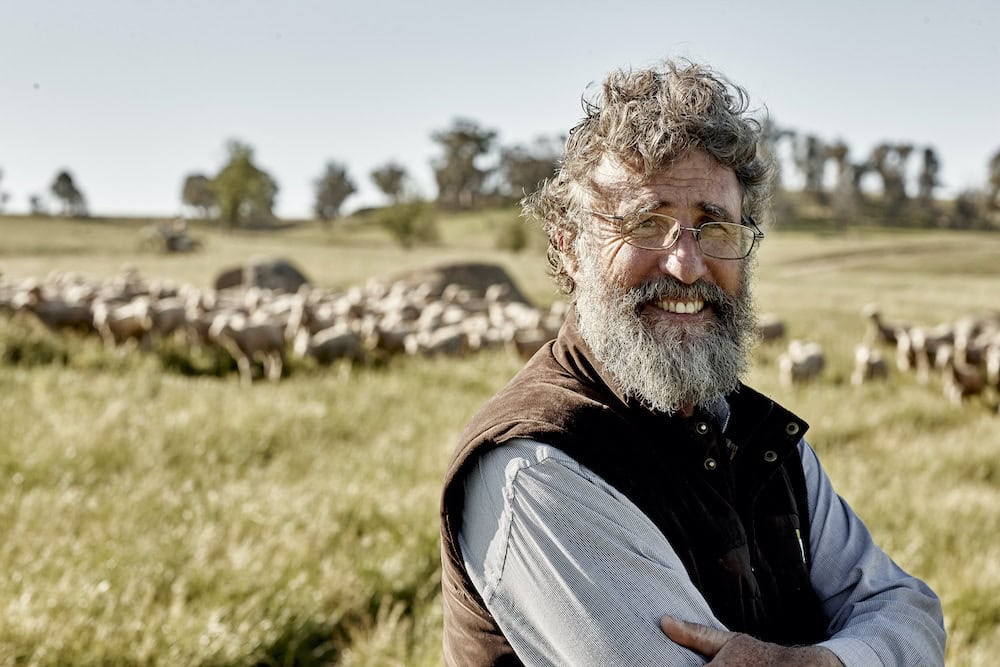Aerial of the Narrabri Gas Project Making it clear that there is no support for…
Major investment crucial for $100b farm gate target

A new report commissioned by AgriFutures Australia has found that capital investment in agriculture, fisheries and forestry will need to rise from the current $1.2 billion a year to $8.7 billion a year over the next decade to give the industry a chance to be worth $100 billion by 2030.
The report, Capital requirements of Australia’s agriculture, fisheries and forestry sector, shows that current investment in agriculture could limit the growth of the industry to $84 billion in farm gate value by 2030.

It says that without a significant increase in private sector and government investment, ag will fall well short of its total economic potential. The National Farmers’ Federation has set the target of having the ag sector produce $100 billion in farm gate value by 2030.

After the report was released, the National Farmers’ Federation Chief Executive Officer, Tony Mahar, described it as an “important wake-up call for industry”.
“Agriculture’s capital drought was identified in the NFF’s 2030 Roadmap as a major handbrake on the sector’s prosperity,” Mr Mahar said.
“If changes are not made to make investment in agriculture more attractive and fit-for-purpose, farmers will be hamstrung in their ability to grow.”
Attracting investment crucial
AgriFutures Australia Managing Director, John Harvey, said attracting the required capital investment into the sector is crucial.

“From purchasing machinery, to expanding production, to adopting new farming practices and innovating – access to capital is critical,” Mr Harvey said.
He said Australia is a global leader in agtech research and innovation, but farmers require better access to capital in order to deploy this technology at paddock level.
“The use of precision agriculture technologies, sensor-based applications and IoT are fundamental to fuelling sector growth. All these innovations require capital,” Mr Harvey said.
“We know agriculture offers investors, like superannuation funds, an attractive ‘point of difference’ to add to their portfolios to create a more diverse and balanced investment profile.”
NSW farmers need certainty to thrive
NSW Farmers President, James Jackson, says NSW remains a key player in the pursuit of the $100 billion farm gate target for 2030 and as such requires certainty to thrive and meet its own goal of being a $30 billion sector by 2030.

“We know there are a number of constraints on our ability to reach $30 billion by the end of the decade. One of the main ones is access to capital, both through bank lending and private equity investment”, Mr Jackson said.
“Constraints on short-term finance, long-term strategies for expansion and supply chain improvements are challenging for farmers.”
Mr Jackson said NSW has a reputation for producing high quality, safe food and fibre, adding this creates a wealth of opportunity both domestically and globally.
“Our success on a global stage will be a key factor in our journey toward $30 billion. Farmers know there is an ongoing need to invest and innovate to expand to new international markets,” Mr Jackson said.
The report was compiled by Natural Capital Economics and includes a roadmap for exploring alternative farm ownership models and facilitating access to overseas capital.
The roadmap for investment
Natural Capital Economics Director, Jim Binney, said if the roadmap is implemented it would result in a broadening out of farmers’ options for sourcing investment from the current reliance on loans and their own equity to other sources.
“The best way to attract more capital investment into the sector is to have bankable projects. Like all businesses, farmers should always be seeking new opportunities,” Mr Binney said.
If you enjoyed this feature, you might like to read another of our stories on the booming ag sector.








